Leaning Retaining Walls
Home » Yard, drive, walks, patios » Retaining walls »
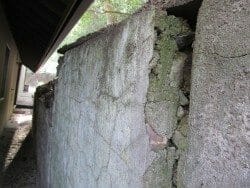
Pressure from the soil behind retaining walls may cause them to tilt or lean. Older retaining walls tend to be more prone to leaning than newer ones because “Mother Nature” and age works their magic over time.
Walls that are not constructed or engineered properly also tend to tilt over time.
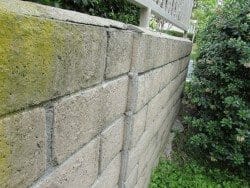
Some leaning is OK
Walls that aren’t leaning very much are usually left as they are and trying to push them back into position is nearly impossible.
Walls that lean slightly are usually fine but should be monitored for additional movement over time.
Look for warning signs
Walls that move when pushed on, lean a considerable amount or high walls that have shifted can be a safety concern and should be reviewed for safety.
Cracked or deteriorated walls can be a concern depending on the amount and size of the cracking or the degree of deterioration.
If the area behind a retaining wall does not drain properly, then the water may seep into the soil, making the soil heavier and creating additional pressure on the wall. This additional pressure may cause the wall to fail. Improving the drainage behind a retaining wall can help reduce pressure on the wall.
Who to consult? A qualified wall contractor or engineer.
The amount of leaning and the condition of the wall plays a big part in who to consult. Walls that are in reasonable condition and that only lean slightly may only need to be monitored. Where as walls that lean significantly or that are badly damaged should be reviewed to see if any repairs or additional supports should be added. Low walls generally aren’t as big of concern, as high walls or ones very close to the house.
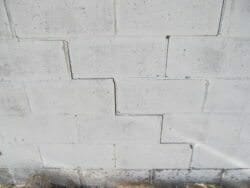
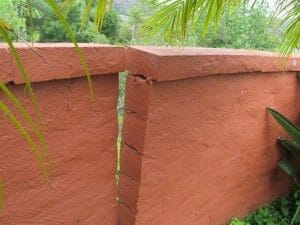
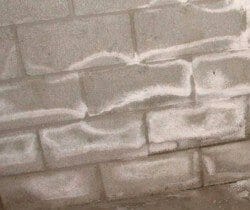
Thanks for this info.